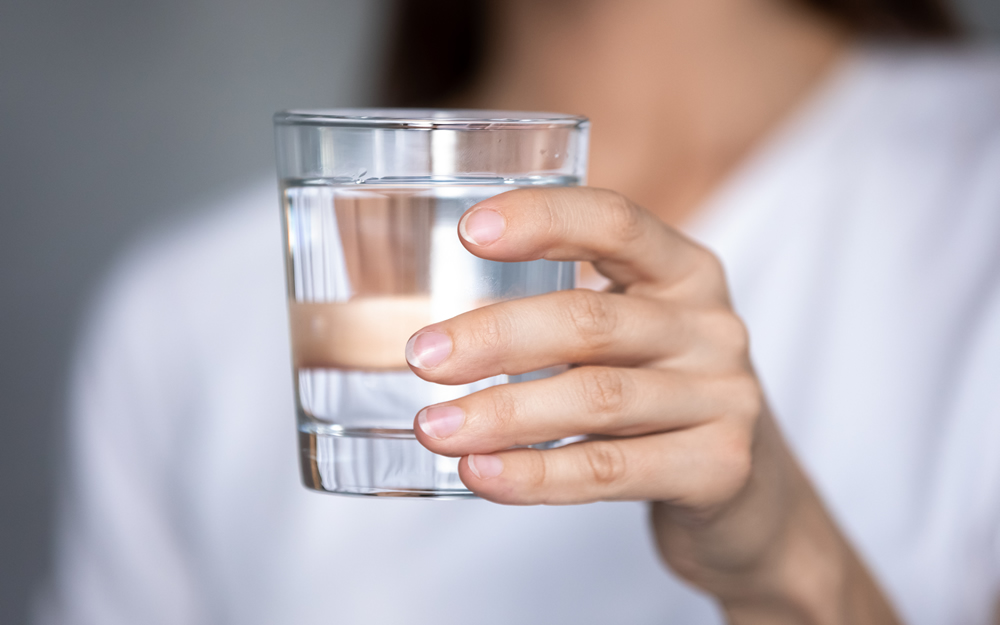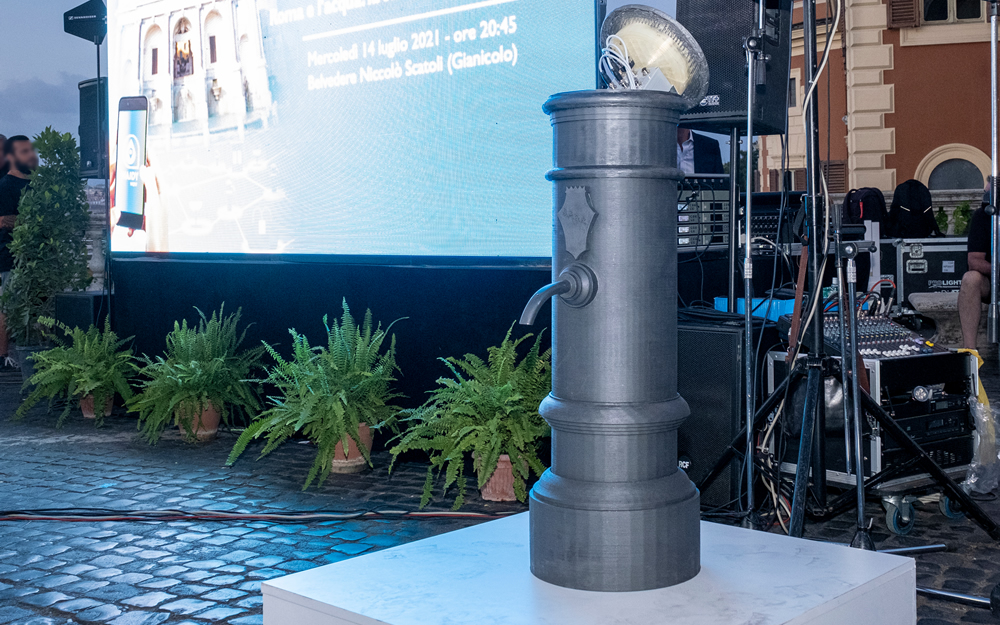- Home /
- What do you drink? /
- How is the quality of drinking water measured?
How is the quality of drinking water measured?

As you can imagine, the water that arrives every day in our homes (as well as the one we buy in bottles) undergoes many inspections and must comply with a series of strict quality standards. But how exactly is the quality of water measured? Let's find out together in this article.
Water quality control: from using our senses to modern sophisticated tools
In ancient times, the parameters used to establish the quality of water were mainly based on the ability of our sense organs to perceive anomalies in comparison to how water should be: clear, colorless, odorless and tasteless. Today we know that we cannot solely rely on our senses, and in fact, we can count on very sophisticated laboratory equipment.
Which are the parameters and properties to monitor?
Today the parameters established by law1 to measure water quality are mainly three: microbiological, chemical and indicators.
- Microbiological parameters. When it comes to water, the first thing we want to be sure of is that it is safe. The analysis of these parameters aims precisely at excluding the presence of microbial groups that could compromise the hygienic-sanitary assessment of the water. A few examples? Coli, enterococci, coliforms and other pathogenic microorganisms that are definitely unwanted and dangerous for our health.
- Chemical parameters. In addition to germs and microorganisms, the analysis conducted on drinking water also regularly measures the presence of potentially toxic substances, such as pesticides, arsenic, lead, mercury, nickel and other dangerous chemicals for which strict parameters, that cannot under any circumstance be exceeded, are in place.
- Indicator parameters. Indicator parameters are certainly the ones we know best. In fact, we often check water hardness (i.e. the concentration of calcium and magnesium) because, when high, it can cause annoying limescale build up. Equally well known is fixed residue, that indicates the amount of mineral salts dissolved in the water, and the pH, the indicator that estimates the acidity of water. But these are certainly not the only ones: the parameters that measure the presence of sodium, residual disinfectant, iron, sulfate and various others are also in this category.
High quality water... directly from the system!
When we drink a glass of water, it’s not enough to know that it is safe, we want it to be good for us. And the water from the water supply that reaches our homes is compliant with all of these parameters: chemical, microbiological ... and organoleptic. In short, it is water of the highest quality that can quench our thirst even when we are out and about, around the city. In fact, with a simple glance at the map of water points available on the Acea Waidy Wow app, you can find the nearest public fountain to refill your water bottle.
1 Source: Decreto Legislativo 31/2001








